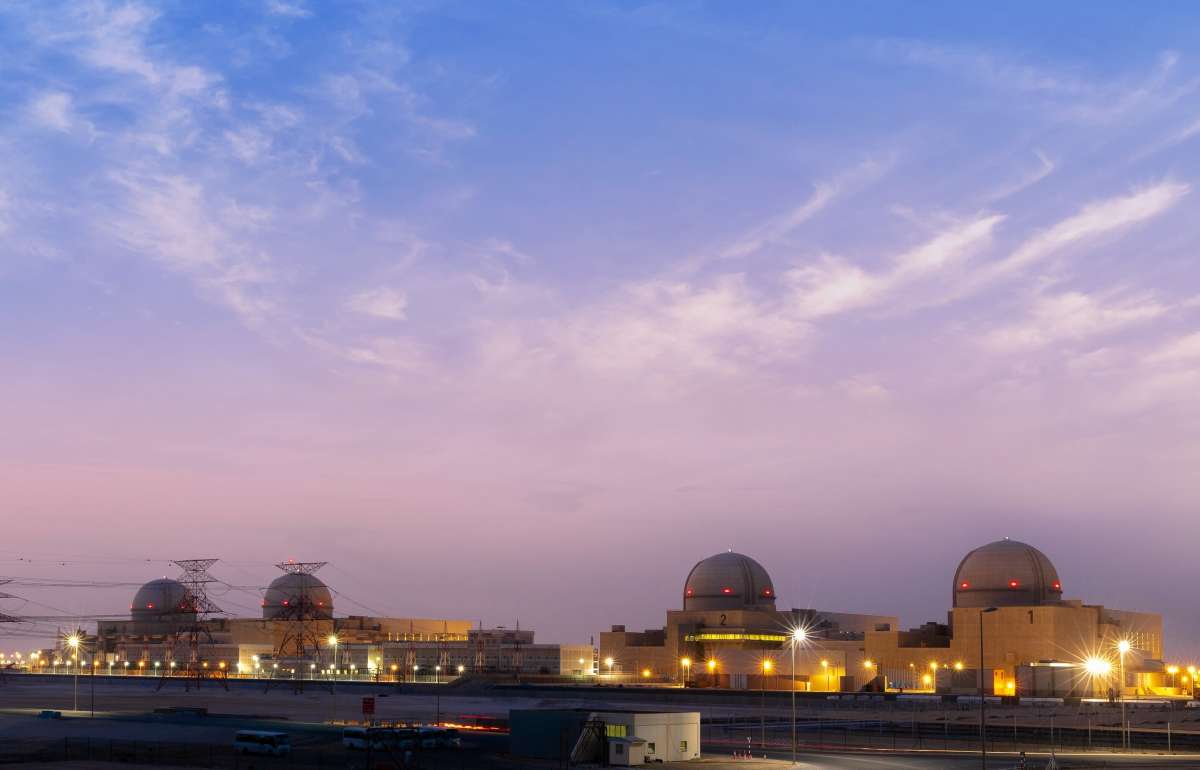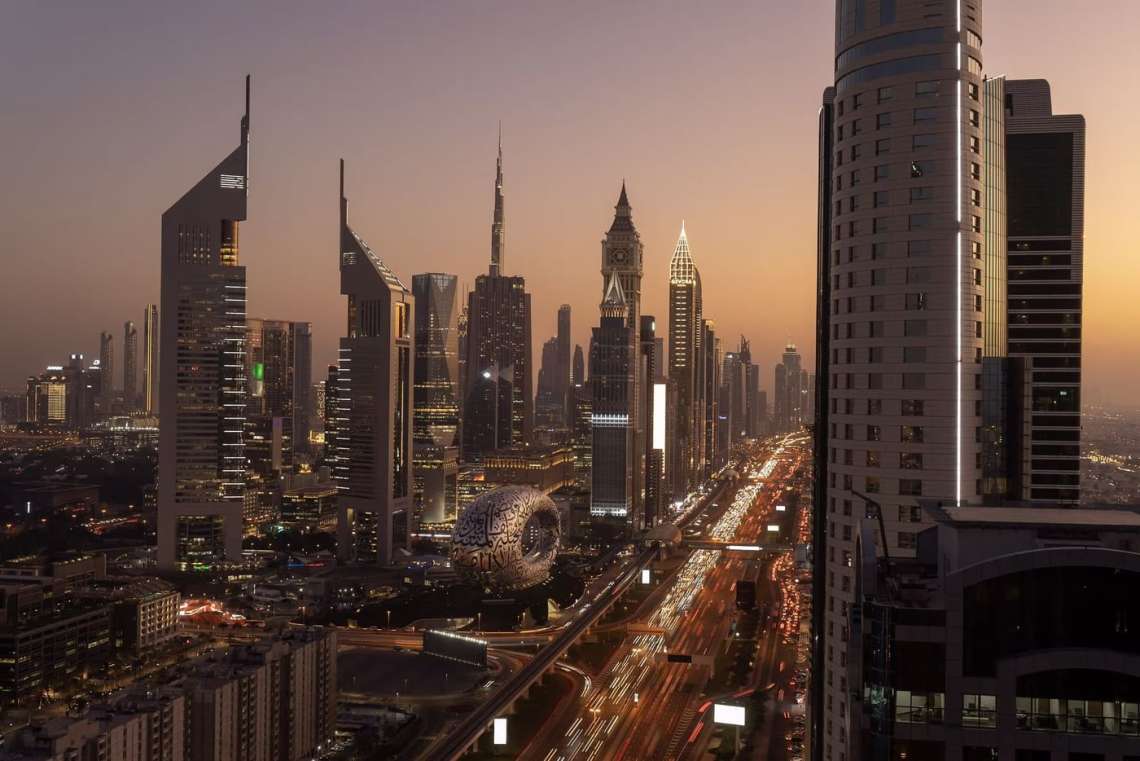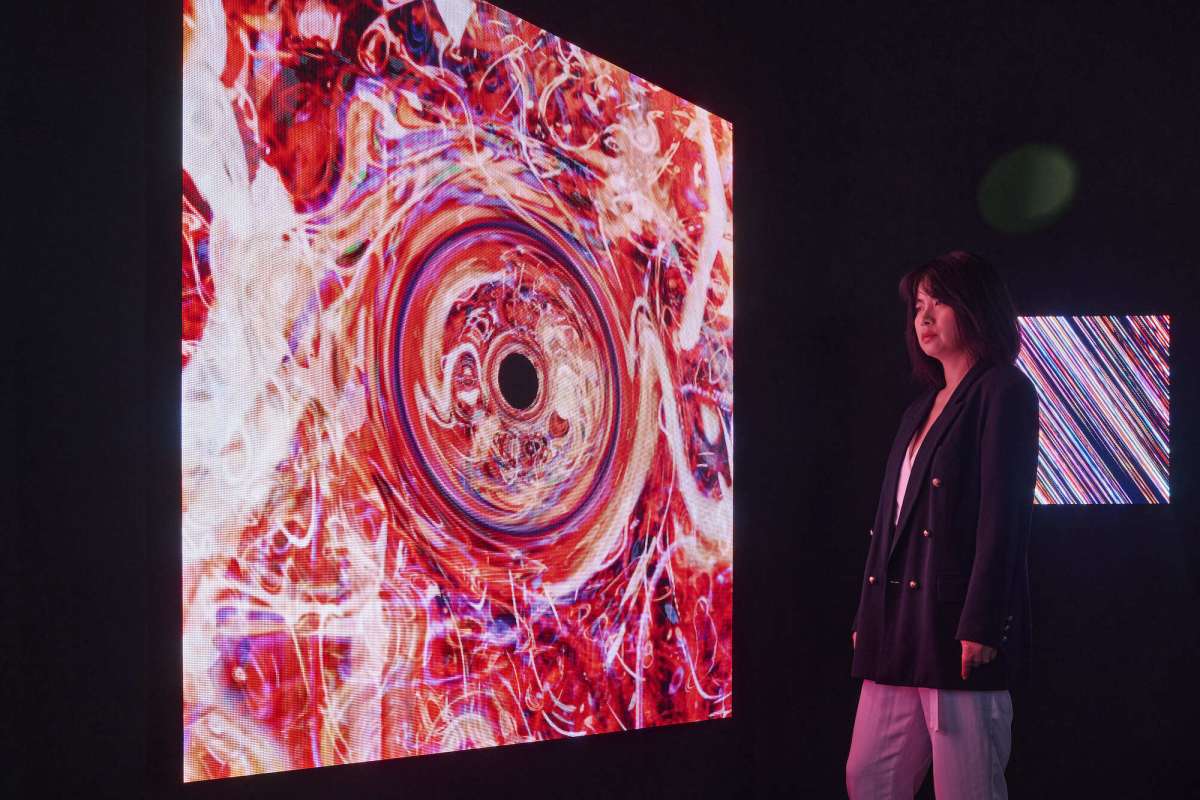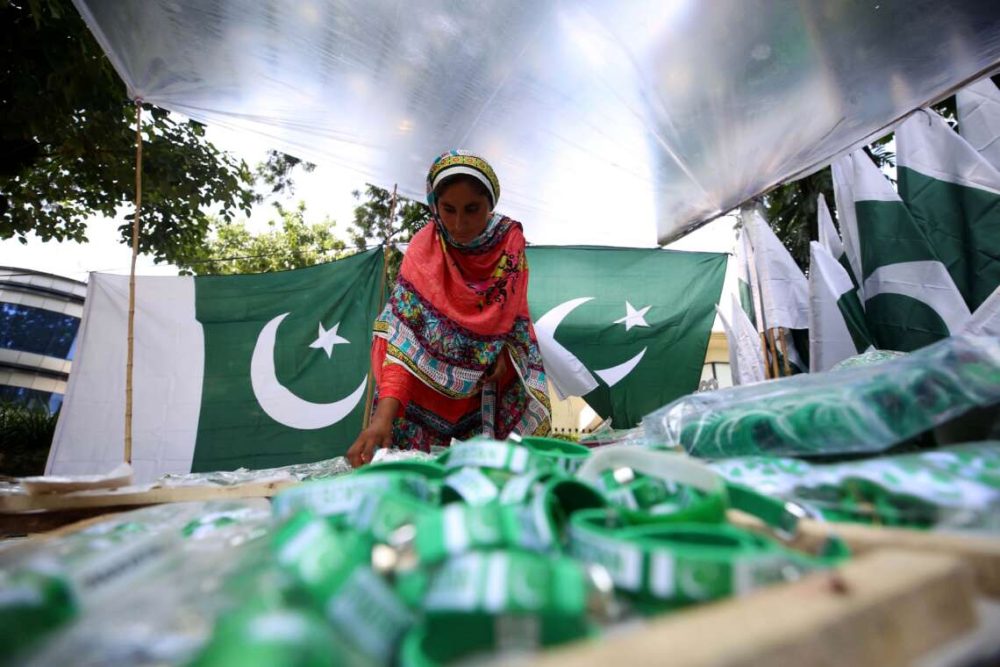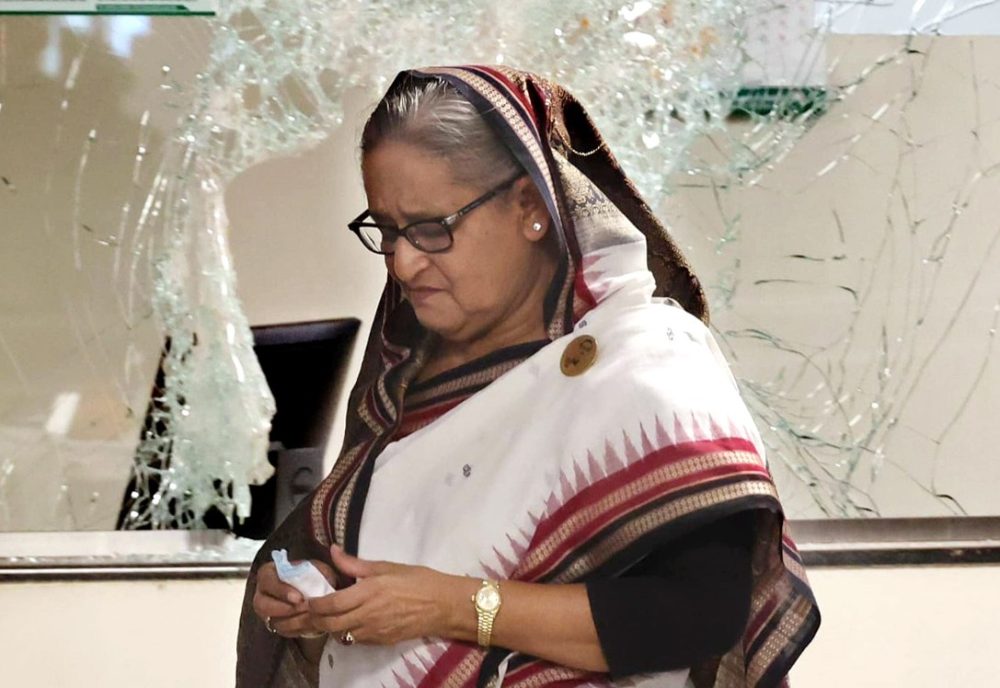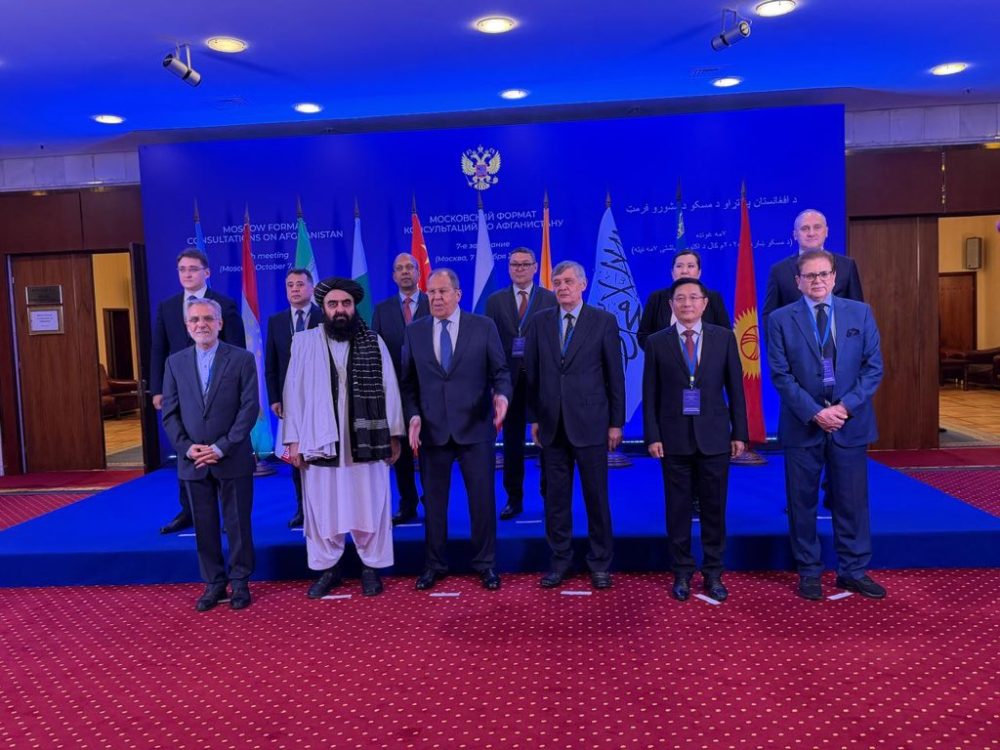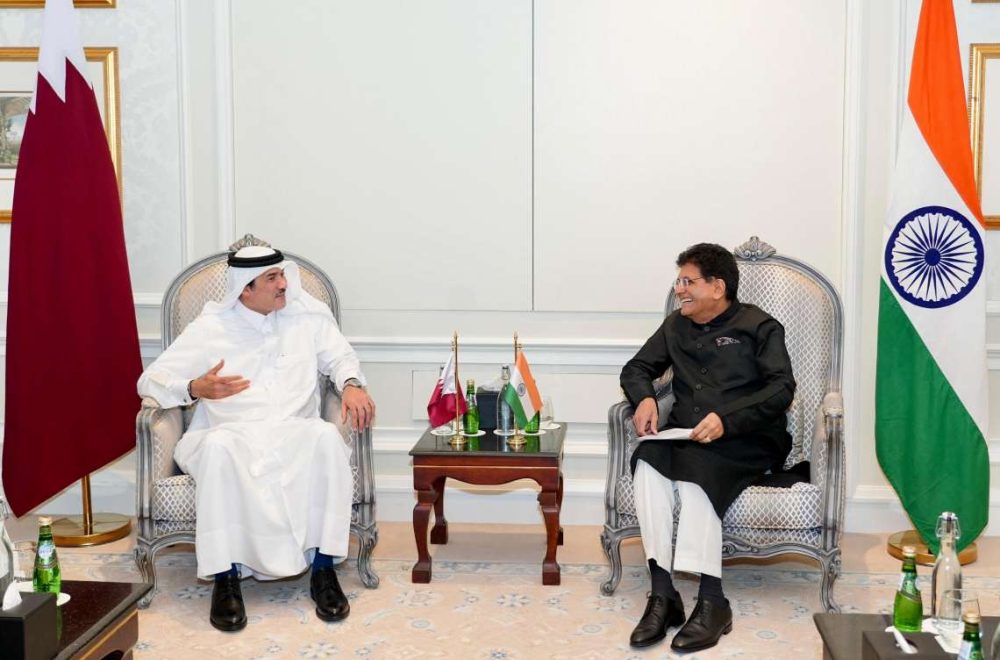A trip to Mars using the nuclear thermal propulsion could take roughly four months, instead of some nine months with chemically powered engine…reports Asian Lite News
The UAE is ready to make history and shoot for the stars again, inspired by the ambitions of the nation’s Founding Father, the late Sheikh Zayed bin Sultan Al Nahyan.
Sultan Al Neyadi will become the second Emirati to take the UAE flag to space, spending 180 days on board the orbiting laboratory of the International Space Station (ISS) alongside crew mates from Roscosmos and NASA.
A seemingly unlinked sector to space exploration is nuclear power’s role beyond clean electricity, with the UAE Peaceful Nuclear Energy Programme to become a catalyst for the nation’s era of space exploration in the decades ahead.
UAE’s Space Exploration Era
UAE Mission 2, the longest Arab space mission in history, will significantly contribute to humanity’s understanding of life on and beyond Earth, three years after the Hope Probe.
In 2019, the first Emirati astronaut Hazzaa Al Mansoori spent eight days on the ISS. The Mohammed Bin Rashid Space Centre in Dubai was responsible for making the UAE a world leader in space services and exploration.
While in the UAE’s early space exploration years, the nation has already made incredible progress, becoming the first Arab nation and fifth country ever to reach Mars and the first Arab country to build and launch a Moon rover.
Since 2000, the space station has never been without astronauts on board, and the UAE will rank 11th globally among countries that have successfully achieved a long-duration mission at the ISS.
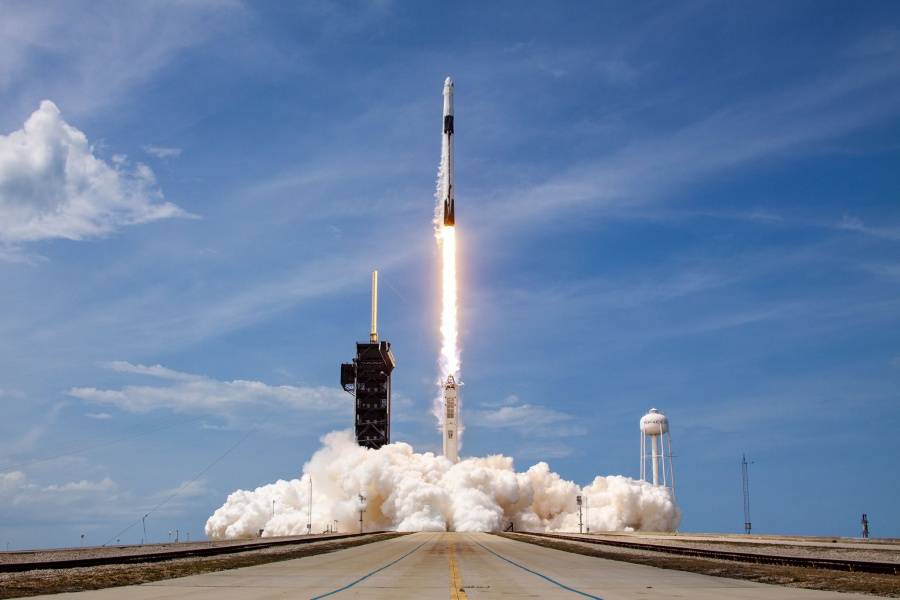
Supporting Space Shuttles
Since 1961, nuclear power has enabled understanding of dark, distant planetary bodies that would otherwise be unreachable, opening up the solar system to human exploration and scientific discovery. Nuclear fuel is incredibly energy-dense, enabling nuclear-powered spacecraft power to travel thousands of kilometres over the years without refuelling.
To date, NASA has flown more than 25 missions carrying a nuclear power system through a successful partnership with the United States (US) Department of Energy, which provides the power systems and fuel, with ground-breaking missions extending humanity’s reach across the solar system.
Radioisotope power systems are reliable and efficient, and NASA uses nuclear systems to power unmanned spacecraft to distant planets with enhanced reliability and efficiency compared to solar energy. However, a National Academies report concluded that larger systems are needed for human flights to Mars and beyond, or for setting up colonies on the Moon or Mars, even actual nuclear reactors.
Future Plans
In this new age of space travel, nuclear power and related technologies are making interplanetary missions faster, more efficient and more economical, with advances in nuclear fission and fusion indispensable for deep-space travel. In the foreseeable future, nuclear energy could supply electricity for a broader spectrum of applications, including onboard systems and instrumentation, powering a sustained human presence on celestial bodies in the solar system.
The US space agency is exploring nuclear thermal propulsion to drive efficiencies. This concept introduces heat from a nuclear fission reactor to a hydrogen propellant and plans to test a spacecraft engine powered by nuclear fission by 2027. A trip to Mars from Earth using the technology could take roughly four months, instead of some nine months with a conventional, chemically powered engine, and substantially reduces the time astronauts would be exposed to natural deep-space radiation.
Beyond Electricity
The UAE has a long-term, data-driven approach to developing nuclear energy with the Barakah Nuclear Energy Plant, the cornerstone of the UAE Peaceful Nuclear Energy Programme, generating abundant clean electricity around the clock. Spearheading an increase in the intellectual wealth of the UAE with thousands of high-value career opportunities for UAE Nationals, the Barakah Nuclear Energy Plant is transforming the human capital of the nuclear sector and stimulating millions of dollars of value for local companies.
The Barakah Plant is just the beginning of the UAE Peaceful Nuclear Energy Programme, with nuclear energy the catalyst for innovation and R&D. With abundant clean electricity flowing 24/7, ENEC focuses on exploring and incubating strategic investments in nuclear energy locally and internationally that support the growth and development goals of the UAE.
Catalyst for Innovation and R&D
The Barakah Nuclear Energy Plant is a nation-defining strategic energy infrastructure project driving efforts towards achieving UAE’s Net Zero by 2050 target by preventing millions of tons of carbon emissions annually. Today, the Barakah Plant is the region’s largest source of clean electricity. Among its civil applications, ENEC plans to realise the full value of the UAE Programme, from clean energy generation and clean molecules production, to applications in healthcare, agriculture and space exploration.
UAE astronauts are continuing Sheikh Zayed’s legacy and making a nation proud by turning the ambitions of his wise leadership into reality. It is inspiring and motivating to witness their progress, share their ambitions, and continue the incredible progress in exploring the universe beyond our world to help make the breakthroughs we need to protect all life on Earth.


